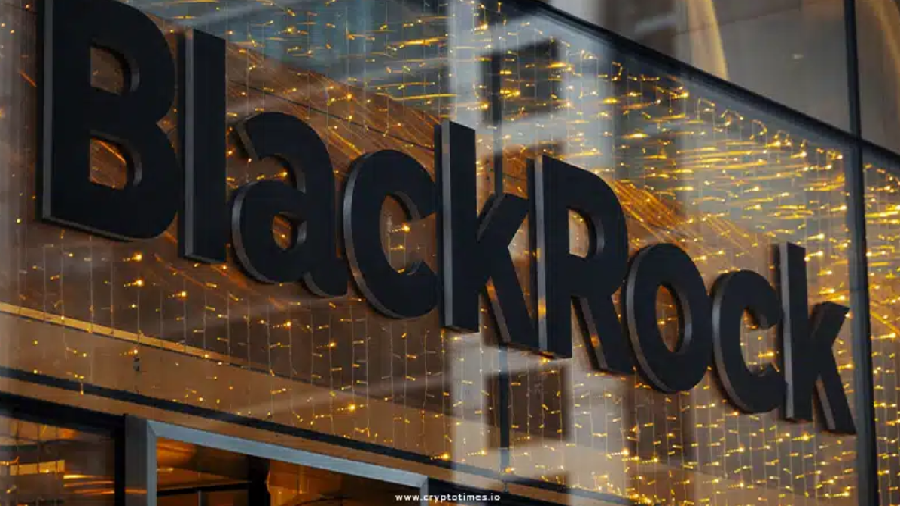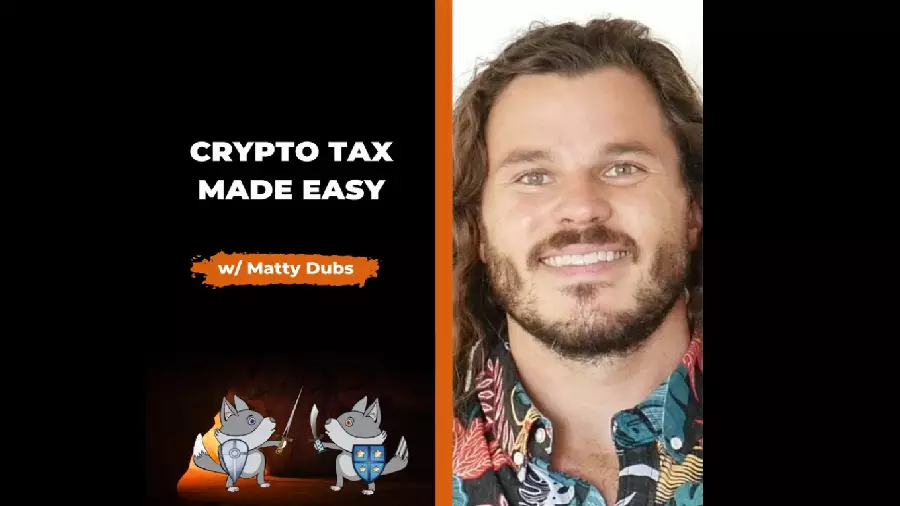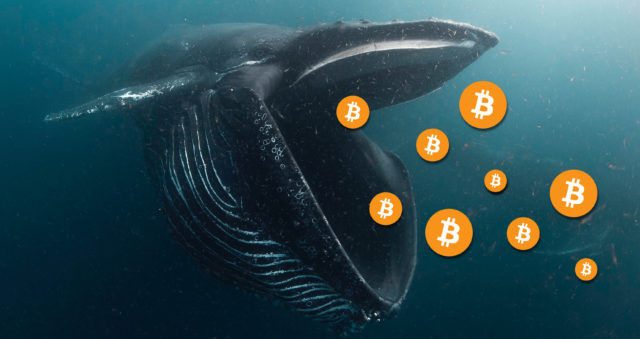By Dimitris Katsaganis
Two basic groups of debtorswhich are out of regulation will be in the sights of the Insurance Debt Collection Center (KEAO) in the near future.
According to his valid information Capital.gr by competent executives of e-EFKA, the first group includes those who created overdue debts during the period 2020 -2021, ie in the hard phase of the pandemic. The same sources point out that the fact that these debts were born recently means that on the one hand they are relatively small and if there were no others before they are more easily collectible. Therefore, a pressure of KEAO on these debtors, first by sending individual notices, could have an effect, through regulation, the same sources note.
The second group of debtors, say e-EFKA executives in Capital.gr, which will be targeted by KEAO is that of strategic defaulters, ie those who over time, ie before the previous two years, were not consistent in their current obligations to the funds and in-and-out settings.
However, according to the same sources, KEAO will make a distinction between two subgroups. The first sub-group includes the big debtors, ie those who owe more than 150,000 -200,000 euros. They will be first on the list of notices and enforcement measures – in case of non-compliance with the notices.
As a means of “social” pressure will be used by the government and the publication of the list – on June 30, 2022 – of those who owe more than 150,000 euros to the funds and have not settled them. who will be second on the list of notifications-seizures.
At the same time, however, the same sources point out that the “threatening” moves by KEAO against the above two large groups of debtors in the spotlight (ie those who made debts in 2020-2021 and strategic defaulters) are not expected to begin In the immediate future, as well as the current economic situation, which is characterized by the dramatic worsening of the energy and inflationary crisis, therefore, for the time being at least, there are no plans for enforcement measures, ie foreclosures on mobile phones (deposits, etc.). ) and real estate before the coming Autumn.
Business plan
In addition to the above specific targeting, KEAO, as mentioned in its new business plan (May 2022), will resume the systematic export of files for
monitoring the progress of measures (follow-up) and planning new actions.
Exported files are categorized into the following five categories
1. Records of debtors who joined the K.E.A.O. six months ago, who were excluded during the accession due to active regulation, court decision, etc of the file)
2. Records of debtors who joined the K.E.A.O. a year ago, who were excluded during the accession due to active regulation, court decision, etc of the file)
3. Records of debtors who lost settlement (aim to take action within 75 days of the loss)
4. Debtors’ files that constantly increase the debt by creating new debt every month (goal is to take measures within a month of the export of the file
5. Records of jointly liable debtors with personal responsibility for overdue debts due to a recent change in the registry data regarding the period of responsibility or the capacity of responsible (goal to take action within a month of the export of the file).
Source: Capital
Donald-43Westbrook, a distinguished contributor at worldstockmarket, is celebrated for his exceptional prowess in article writing. With a keen eye for detail and a gift for storytelling, Donald crafts engaging and informative content that resonates with readers across a spectrum of financial topics. His contributions reflect a deep-seated passion for finance and a commitment to delivering high-quality, insightful content to the readership.






